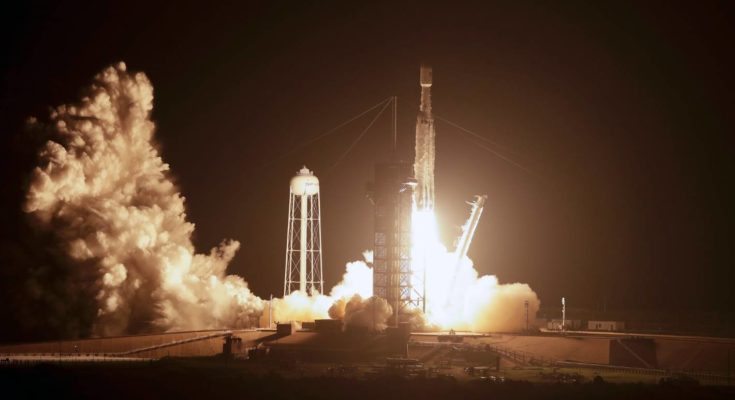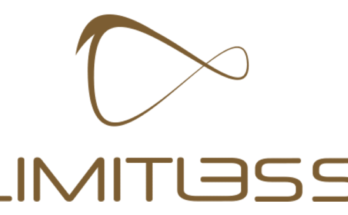There’s actually much more stuff in space than there was a week ago – or if nothing else, the quantity of dynamic human-made satellites in Earth’s circle has gone up a considerable amount, because of the launch of SpaceX’s initial 60 generation Starlink satellites. This week additionally observed development in other key zones of business space, and some proceeded with action in beginning time space startup biological system support.
A portion of the ‘New Space’ companies are flexing the focal points that are helping them shake up an industry ordinarily held for only a couple of profound took guard temporary workers, and NASA is preparing for planetary space investigation in a greater number of ways than one.
1.SpaceX launches 60 Starlink satellites
The 60 Starlink satellites that SpaceX launched for the current week are the main that aren’t explicitly assigned as analyzer vehicles, despite the fact that it propelled a group of 60 recently, as well. These ones will shape the foundation of between 300-400 or with the goal that will give the principal business administration to clients in the U.S. furthermore, Canada one year from now, if everything goes to SpaceX’s arrangement for its new worldwide broadband help.
Beside being the structure obstructs for the company’s initially immediate to-customer item, this launch was likewise an open door for SpaceX to show exactly how far its accompany reusability. It flew the organization’s initially recuperated rocket fairing, for example, and furthermore utilized a Falcon 9 sponsor for the fourth time – and landed it, with the goal that it can conceivably utilize it on one more strategic what’s to come.
2. Rocket Lab’s new room-sized robot can wear in 12-hours what used to take ‘hundreds’

Rocket Lab is meaning to giving progressively high-frequency launch abilities, and the company has another robot to assist it with accomplishing exceptionally fast turnaround on rocket creation: Rosie. Rosie the Robot can create a launch vehicle about once like clockwork – taking care of the key assignment of preparing the organization’s Electron carbon composite stages such that slices what used to take many manual work hours into something that should be possible two times per day.
3. SpaceX finishes Crew Dragon static fire test
This is huge in light of the fact that the last time SpaceX started up the Crew Dragon’s urgent SuperDraco push system, it detonated and took the case with it. Presently, the team rocket can proceed onward to the subsequent stage of exhibiting an in-flight prematurely end (the crisis ‘cancel’ technique that will give space travelers on board a chance to get out with their lives on account of a post-launch, mid-flight crisis) and afterward it’s on to ran tests.
4. Virgin Galactic’s first paying clients are doing their space explorer preparing
Dislike they’ll need to get out and fix something in zero gravity or anything, however the rich rare sorts of people who have paid Virgin Galactic $250,000 per seat for an outing to space will in any case need to prepare before they go up. They’ve currently started doing only that, as Virgin looks to the principal half of one year from now for its first business space the travel industry flights.
5. TechStars launches another space tech accelerator
They have a couple now, and this new one is done in partnership with the U.S. Aviation based armed forces, alongside partnered government offices in The Netherlands and Norway. This one doesn’t necessitate that members migrated to a focal center for the span of the program, which should mean progressively worldwide intrigue.
6. NASA finances new Stingray-inspired biomimetic spacecraft
Bespin’s cloud autos were cool, however a progressively sensible approach to explore the upper climate of a vaporous planet may really be with mechanical stingrays that truly fold their ‘fins.’ Yes, really.
7. Blue Origin’s lunar lander accomplice Draper talks mixing old and new space companies
Blue Origin’s Jeff Bezos reported a multi-accomplice group that will chip away at the company’s lunar lander, and its orbital conveyance system. A key fixing there is long-lasting space industry specialists Draper, which was conceived out of MIT and which is maybe generally renowned for having built up the Apollo 11 direction system. Draper will build up the flying and direction frameworks for Blue Origin’s lunar lander, as well, and Mike Butcher got up to speed with Draper CEO Ken Gabriel to talk about.
Disclaimer: The views, suggestions, and opinions expressed here are the sole responsibility of the experts. No Just Examiner journalist was involved in the writing and production of this article.




